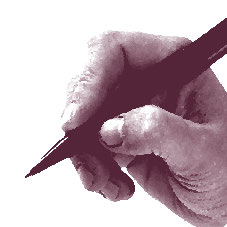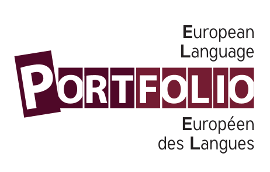The Language Passport

All ELP Language Passports should include the Self-assessment Grid from the Common European Framework in its entirety as a basic point of reference. The one exception to this general rule are ELPs for very young learners, but in such cases the self-assessment grid should be made available to teachers, parents and other stakeholders in a guide or information note. (See also ELP checklists for young learners.)
The overview, based on the Self-assessment Grid is defined in terms of the skills (Listening, Reading, Spoken Interaction, Spoken Production, Writing) and the common reference levels (A1, A2, B1, B2, C1, C2) in the Common European Framework of Reference. It allows the user to record information on partial and specific competences.
The Language Passport also records formal qualifications and describes language competences and significant language and intercultural learning experiences. The recording of assessment by teachers, educational institutions and examinations boards can be accommodated in the language passport in a number of different ways. However, the principle of learner ownership means that teacher assessment should always be separate from the learner’s self-assessment and not used to correct it.
The Language Passport should also be detachable from the rest of the model so that it may be used by the holder for presentation purposes. (This does not apply to ELP models for very young learners.)
Language Passport templates
Language Passport templates are available for learners aged 10 to 15 and for upper-secondary/adult learners. The version for learners aged 10 to 15 is presented as a Word document so that users may adapt it and give it a graphic design appropriate to their context. The so-called standard adult Language Passport, used in most accredited and registered ELPs for upper-secondary and adult leaners, is available in print-ready and interactive formats.
NB The standard Language Passport for adults comes with a set of notes for the holder to help him or her fill it in.
A standard Language Passport Summary is part of the European Union’s Europass curriculum vitae. ELP owners may use it to complement or include in their curriculum vitae. It can also be used as an alternative to the Language Passport template for adults.
The Self-assessment Grid has been translated into most of the official languages of the member states of the Council of Europe as well as some others. You should use these translations if available (see link below).
- Standard adult Language Passport (interactive version)
- Standard adult Language Passport
- How to complete the Language Passport of your European Language Portfolio
- Standard Language Passport for learners aged 10-15 years
- Self-assessment Grid – official translations
Language Policy Portal
www.coe.int/lang
European Centre for Modern Languages
(ECML) - Graz, Austria



